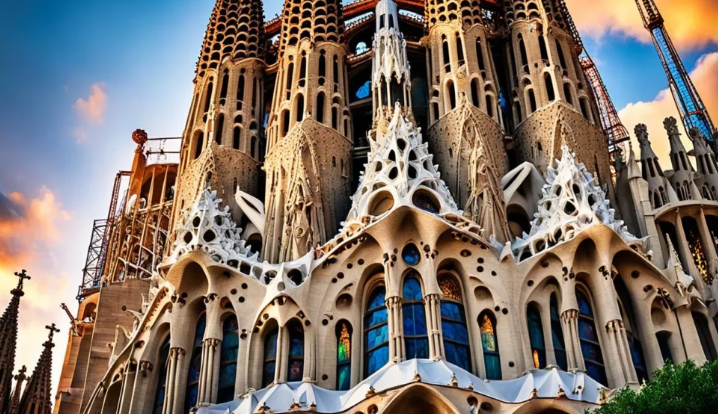Antoni Gaudí’s magnum opus, the Sagrada Família, remains a breathtaking testament to his genius—largely thanks to how history unfolded to uphold and continue his vision. When Gaudí passed in 1926 with less than 25% completed, his groundbreaking design could have been lost forever. Instead, a group of committed disciples carried the torch. After the Spanish Civil War devastated essential models and plans, Francesc de Paula Quintana and later architects like Domènec Sugrañes i Gras and Jordi Bonet i Armengol meticulously reconstructed the ruined elements using surviving sketches, photographs, and fragments.
In the late 20th century, modern technology breathed new precision into the project. Advanced tools like 3D modeling, BIM systems, and CNC milling allowed subsequent teams to faithfully align every stone with Gaudí’s original intent, ensuring that innovation did not erode authenticity.
International recognition further cemented Gaudí’s legacy. UNESCO declared the Nativity façade and crypt—completed during his life—as World Heritage Sites, affirming the global significance of his early achievements and anchoring the continued construction within a broader historical and cultural framework.
Now, as the Sagrada Família nears completion—with the central Jesus Christ spire expected by 2026, the centenary of Gaudí’s death—every step forward reflects the devotion of generations determined to preserve a sacred architectural vision. To experience this living legacy, plan your visit through the official site: Ticket Sagrada Familia.




Comment (0)